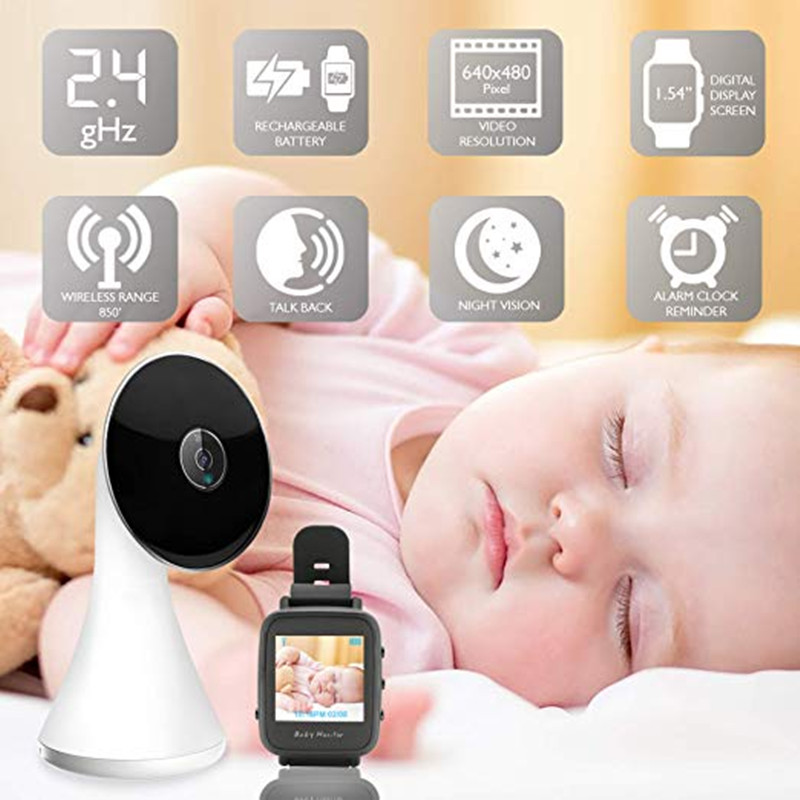Traditional baby monitors are divided into wireless baby monitors and direct-recording baby monitors according to their working principles and applications. Compared with network baby monitors, they are both in terms of working method, use distance and product structure. There are obvious differences.
Wireless baby monitor (wireless baby monitor): usually composed of a control terminal with one or more monitoring terminals, the monitoring terminal sends the captured signal to the control terminal in the form of encrypted wireless electromagnetic waves, and is decrypted and restored by the control terminal. Image and sound. The wireless baby monitor is restricted by radio wave transmission attenuation and interference factors, so the theoretical use distance is about 100-250 meters.
Direct recording baby monitor (recording baby monitor): There is only one host, and the user cannot see and hear the images and sounds captured by the baby monitor during work. The monitor must be connected to the computer and read and monitored by installing software The files recorded inside the device. The direct recording baby monitor is limited by the focal length of the camera, and the theoretical operating distance is 3-5 meters.
IP baby monitor (IP baby monitor): There is only one host. When working, users can observe the images and sounds that are remotely shot and sent by the IP baby monitor through mobile phones or computers at any place that can access the Internet. The working transmission range of the network-type baby monitor is not restricted by distance, but the focal length of the camera must be considered to ensure that the captured images and sounds are clear.







